Artillery. Large caliber. 152 mm howitzer cannon ML-20 model 1937 year
Allow yourself a little preface.
Speaking of the artillery of the last century, I want to once again express a certain admiration. Indeed, the god of war. Yes, today stories about art systems do not cause as much interest and excitement as stories / shows of the same tanksbut ...
Agree, there is something fascinating in these howitzers and guns. Yes, there is no secrecy and mystery of tanks (and what’s inside?), Everything is in sight. But from this the guns and howitzers do not become less attractive.
Although it is possible, we are just artillery maniacs.
Working with numerous materials about the howitzer gun ML-20, we felt the constant "pressure" of the authority of the truly respected and authoritative predecessors. Practically in all the works there are many rave reviews, examples, comparisons. The system created by F. F. Petrov really deserves these words. It deserves already for how many soldier lives saved in numerous wars 20 century. Or, on the contrary, claimed - in relation to the lives of soldiers of the opposing side.
And in gratitude for the lives they had saved, the front-line soldiers called this destroyer of artillery batteries, engineering structures and armored vehicles of the enemy Emelya. I do not want analogies, but he, the fabulous Emelya, could also do everything. The only difference is that one used the opportunities of the pike, and the second managed with what the creators awarded him.
However, with all due respect to the opinion of the artillery authorities, it is impossible to create a "wagon" that would correspond to the best samples of the "specialists". Specialized weapons will always be better than the universal. A gun is better than a howitzer cannon, a howitzer too.
But such advantages are visible only when the commander has different types of artillery systems. That in a war does not happen often.
This is what can explain the enthusiasm with which the ML-20 howitzer cannon is absolutely correctly awarded.
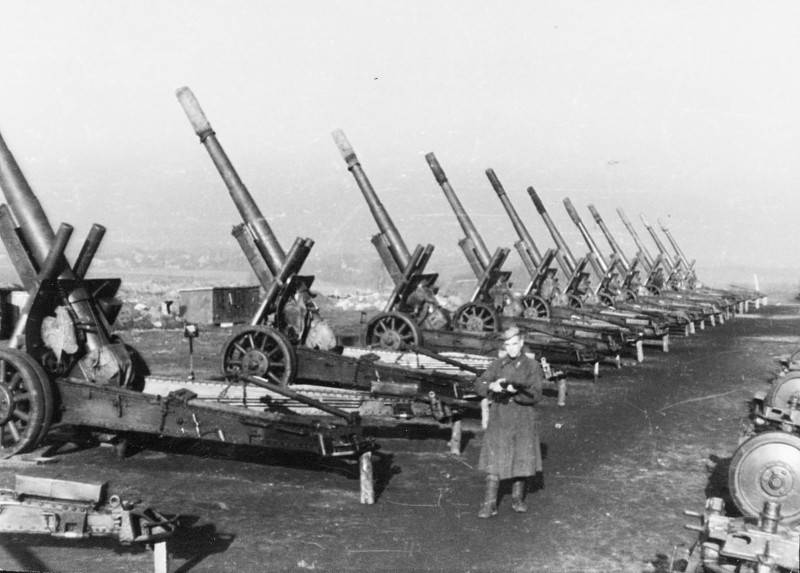
Before you start talking about this system, you need to clarify the term used for this instrument. Howitzer cannon. The fact is that in some works this term is reversed: the gun-howitzer. In the designation of such tools in the first place always put that type of gun, the property of which is preserved to a greater degree. For ML-20 is a howitzer. Therefore, it is necessary to call this system a howitzer-cannon, and not a howitzer-cannon.
True, the authors did not find such a term in the descriptions of any other artillery systems. This leads to an interesting conclusion. Most likely, the term was introduced specifically for the ML-20. He seemed to emphasize the unique fighting qualities of these guns.
The classic field howitzer with a short barrel were more powerful guns. In this they surpassed the ML-20. And the classic long-range long-barreled guns of special power exceeded the ML-20 in the firing range. Theoretically, it turns out that the new system is inferior to both systems. Thus, the need for such a tool seems to be absent.
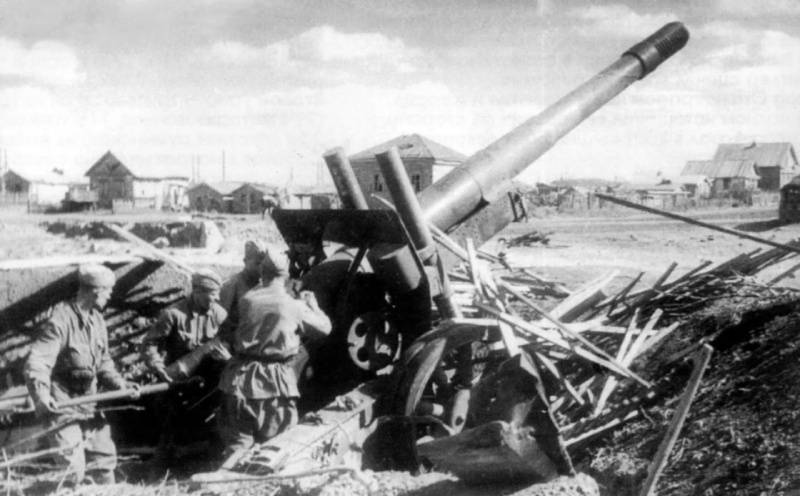
And what in practice? ML-20 is like in a niche between field howitzers and long-range guns of special power. And it is necessary to consider this fact from a completely different position.
In opposition to howitzers, this system has an undoubted advantage - the firing range. This means that in a real battle it can strike enemy howitzer batteries without the possibility of return fire. Excellent counterbattery!
More difficult with special power cannons. Here, with the same tactics of combat, as against howitzers, the system will obviously lose. But! The ML-20 is lighter and more mobile. And, therefore, it is capable of changing positions much faster than heavy weapons of special power.
Of course, the heavy ML-20 "fit-in-the-belting" to the battery of German long-range guns would look ridiculous. But, in stories The Great Patriotic War has examples of just such a confrontation. And howitzers-guns won these fights! Not at the expense of more confident firing. Just ranged guns took care. Piece fighters. And quite complicated to manufacture. Therefore, in the event of serious gunfire attacks, the batteries changed positions!
By the way, the question of the cost of the gun, as well as the question of the technological solutions of production, is important in terms of preparing for war. And during the war archiaktualn. The tool should be cheap to manufacture and technologically easy to manufacture.
The history of the howitzer cannon ML-20 begins in Tsarist Russia. It was then that the most successful weapon of that time appeared in the Russian army: the 152-mm siege cannon of the Schneider system's 1910 model. At least in ballistics, at that time, there was no better instrument in the world.
By the end of the Civil War, it became clear that the gun needs to be upgraded. Talking about this, ultimately, turned into a task for the Perm plant number XXUMX (Motovilikhinsky plant). Modernization was carried out twice. In 172 and in 1930. However, the flaws of the old gun could not be fixed. Although, some innovations and allowed to talk about more or less successful modernization. But the requirements for such tools are constantly increasing.
On the instructions of the GAU, the Motovilikhinsky plant began work on a new instrument for the ML-15. Moreover, this system was supposed to be really in many ways new. However, Plant No. XXUMX was a production! And the designers were well aware that any “technological revolution” for the plant would result in many problems.
That is why, in parallel, in an initiative manner, work was carried out on the design and another system - ML-20. Systems that would use the technologies already created at the plant would be easier to manufacture and, ultimately, could be put into production as soon as possible.
The barrel with the gate both systems borrowed from its predecessor. Moreover, the ML-20 used wheel travel, suspension and frame guns arr. 1910 / 34
The task of the GAU was completed by April 1936. The gun entered the field testing.
Alas, but the product was unfinished. Tests have shown that the system does not meet the requirements. The sample has been sent for revision to the factory. It was the “revolutionism” of the gun that affected.
In March 1937, the second tests of the ML-15 began. This time the gun showed exactly the results that the military demanded. Moreover, some sources even talk about positive recommendations for the mass production of this system.
In December, 1936, the second sample was delivered to the landfill. 25 December, 1936, began testing the ML-20. For most requirements, this system complies with the tasks. Some remarks related to the mast. The revision didn’t take much time and the gun became exactly the same as the military saw it.
To date, there are disputes about why the ML-20 was adopted for service.
The authors of many works refer to the opinion of such a "monster" as A. B. Shirokorad. Indeed, the ML-15 was more mobile due to the smaller (on 500 kg in combat and 600 kg in the stowed position), had a greater speed of return (up to 45 km / h), more modern, but complex carriage.
In our opinion, Shirokorad was prevented by the "blinders" of a prominent specialist. From the point of view of the scientist, the ML-15 is better. But life makes its own adjustments. The fact that GAU took exactly ML-20, significantly influenced the designer of the plant. Production workers.
Since the technological equipment of the production of ML-15 had yet to be developed, and this required time and money, the position of production workers played the decisive role. With a minimum cost, we will give the tools in the shortest possible time! We have ready lines for the production of all components of the gun.
True, yes, one can seriously argue about the weight of the guns. But this drawback is completely insignificant in view of the fact that the system was not designed for the regimental or divisional level. It was a corps cannon. Moreover, the ML-20 has become a duplex with an X-NUMX-mm A-122 cannon.
Whatever it was, but 22 September 1937, ML-20 was adopted by the Red Army under the official name "152-mm howitzer-gun sample 1937 g.".
The gun had a modern enough for its time design with a carpet with sliding beds and a sprung wheel course. The barrel was produced in two varieties - bonded and monoblock (some sources mention the third option - with a free pipe).
The ML-20 was equipped with a piston bolt, a hydraulic spindle recoil brake, a hydropneumatic knurler, and had a separate sleeve loading.
The shutter has a mechanism for the forced extraction of spent cartridges when it is opened after the shot and a fuse that locks the shutter after loading before the shot is fired. If for some reason it was necessary to discharge the gun, you must first switch the fuse switch to allow the shutter to open.
To facilitate loading at high elevation angles, the official ML-20 is equipped with a liner retention mechanism. The descent is performed by pressing the trigger using the trigger cord.
The tool had a mechanism of mutual closure, which prevents the opening of the gate, if the barrel is not properly connected to the recoil device. To mitigate recoil on recoil devices and carriage, the ML-20 was equipped with a powerful massive muzzle brake of a slit type. The thumbset and hatch contain 22 liters of liquid each, the pressure in the thumbnail is 45 atmospheres.
A distinctive feature of the ML-20 is a unique combination of different elevation angles and initial projectile speeds, which are defined by the choice of one of thirteen propelling charges. As a result, the gun could also be used as a howitzer, firing at a hinged trajectory with a relatively low projectile speed, and as a gun - at a flat trajectory with a high projectile speed. The gun was equipped with a telescopic sight for direct fire shooting, and an artillery panorama for firing from closed positions.
The carriage with sliding beds is equipped with a balancing mechanism and shield cover. Metal wheels with rubber tires (some of the early guns had wheels with knitting needles and rubber weights from a cannon sample 1910 / 34), leaf springs.
The gun was usually carried on a carriage with the barrel in a drawn position.
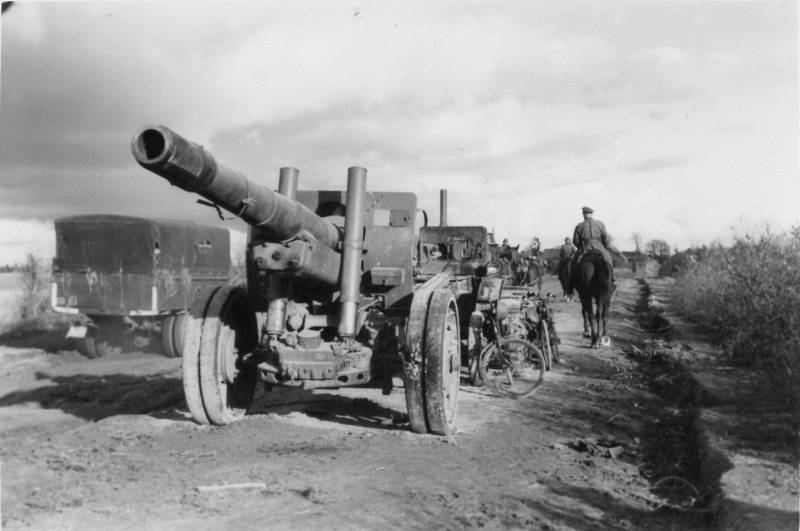
The transition time from traveling to combat was 8 — 10 minutes. For short distances, the system could be transported with the trunk not drawn at a speed of 4 — 5 km / h.
The gun rack of the ML-20 was recognized as normalized, received the designation 52-L-504А and was used in the modernization of the 122-mm gun A-19.
For transportation of the ML-20, the Voroshilovets and Komintern heavy tracked artillery tractors were used, which were produced by the Kharkov Locomotive Works.
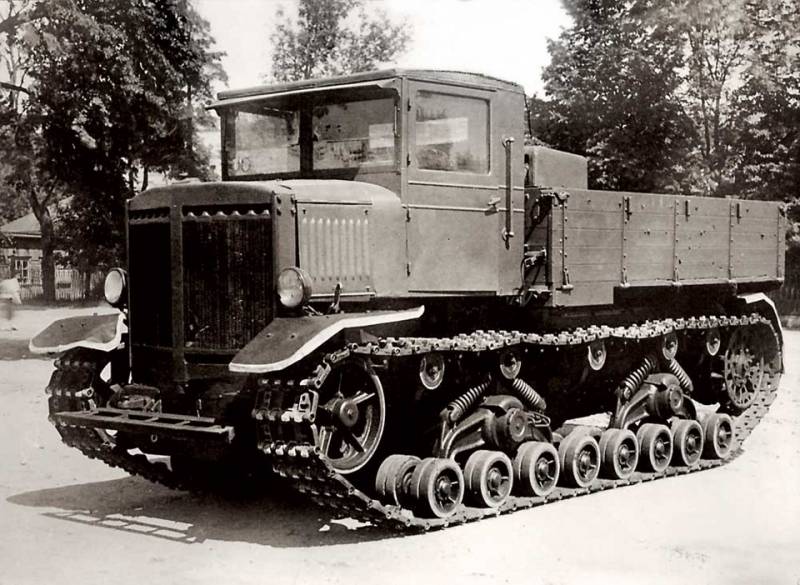
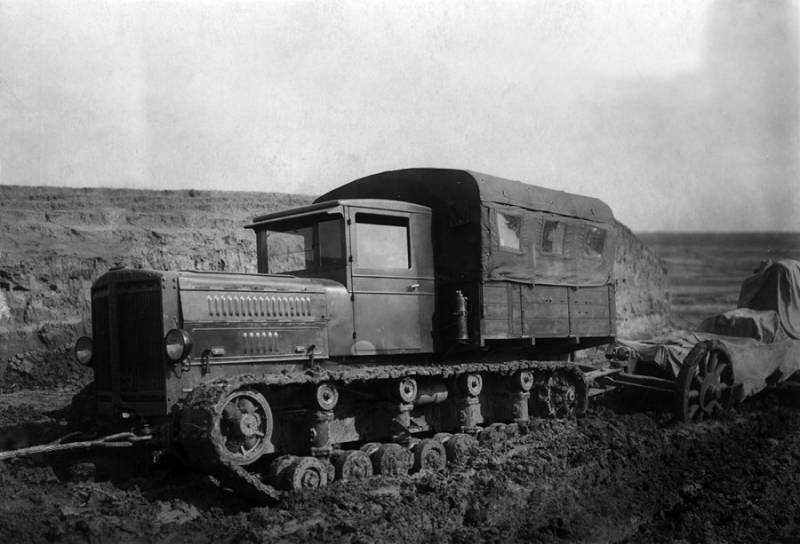
"Stalinets" also dragged himself quite successfully.
For the first time ML-20 was used during the fighting on the river Khalkhin-Gol. The gun was actively used in the Soviet-Finnish war, where it was successfully used to destroy bunkers and billets on the Mannerheim line.
ML-20 participated in all the major operations of the Great Patriotic War, played an important role in the Battle of Kursk, being one of the few guns that can effectively deal with new well-armored German tanks and self-propelled guns. The experience of front-line use of the ML-20 showed that it was the best Soviet weapon for counter-battery firing.
Interestingly, the first shot in Germany, produced by 2 August 1944, was made from ML-20.
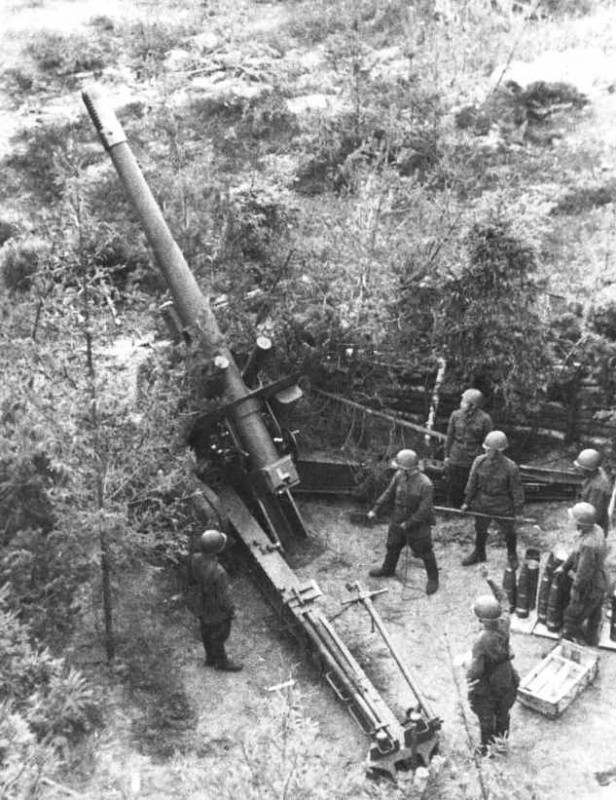
Performance characteristics:
Years: 1937-1946
Produced, pcs: 6 884
Calculation persons: 9
Weight in the fighting position, kg: 7 270
Weight in the stowed position, kg: 7 930
Shooting angles:
- elevations, degrees: from -2 to + 60
- horizontal, degree: 58
Projectile initial velocity, m / s: 655
Rate of fire, rds / min: 3-4
Firing range, m: 17 230
Highway towing speed, km/h: up to 20
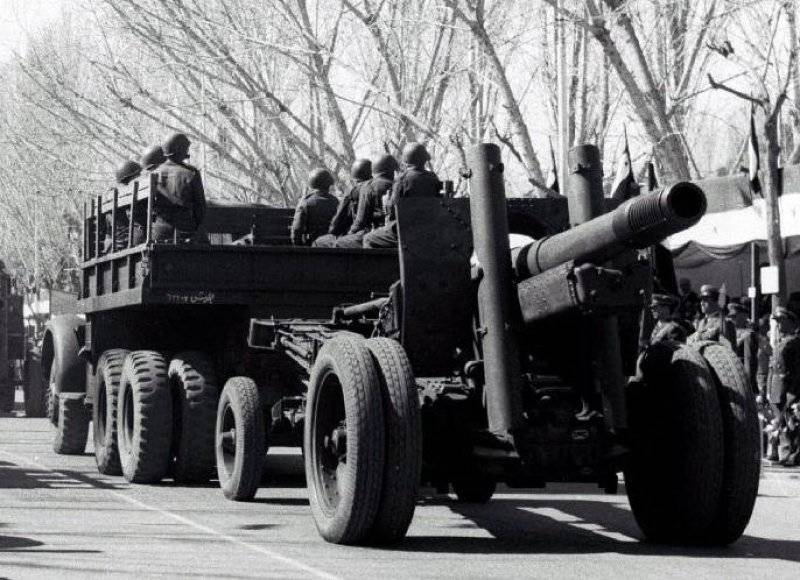
Like any significant weapon of the Red Army, the ML-20 was "planted" on a tank chassis. The first examples of such a symbiosis were SU-152. These machines were produced only in 1943 year. From February to December 1943, to be exact. And they were a system based on the KV-1 tank. Such SU was released 670 pieces.
In November, 1943 was decided to “transplant” the ML-20 into another chassis, based on the EC-1 tank. This system is known as ISU-152. It was produced not only during the war, but also after. The release was completed at the end of 1946, although deliveries to the troops were made even in 1947. Total released 2790 machines.
There was another car. ISU-152 arr. 1945 of the year. The machine is experimental. The metal was produced in a single copy. Different from the standard ISU-152 chassis. The IC-3 chassis was used. Most likely, this model would have to “hit” Americans along with EC-3 at a parade in Berlin.
We will not describe this car. But, for those who are interested in exactly self-propelled guns, we will inform you that MIS-152, even in variants MIS-152-1 or MIS 152-2, is a completely new machine. With powerful reservations, new howitzer ML-20CM and other innovations.
In conclusion of the article I would like to say about my own feelings from this instrument. Analyzing the design features or combat use of the ML-20 you experience a constant sense of the greatness of this weapon. It is overwhelming. Power and genius in the metal. Yes, in some museums, the authors of the exposition are trying to “dilute” this sensation with grass, peaceful landscapes, but it does not pass.
In general, the gun turned out really great. Great in its own place. And exploitation in many armies of the world only confirms this statement.
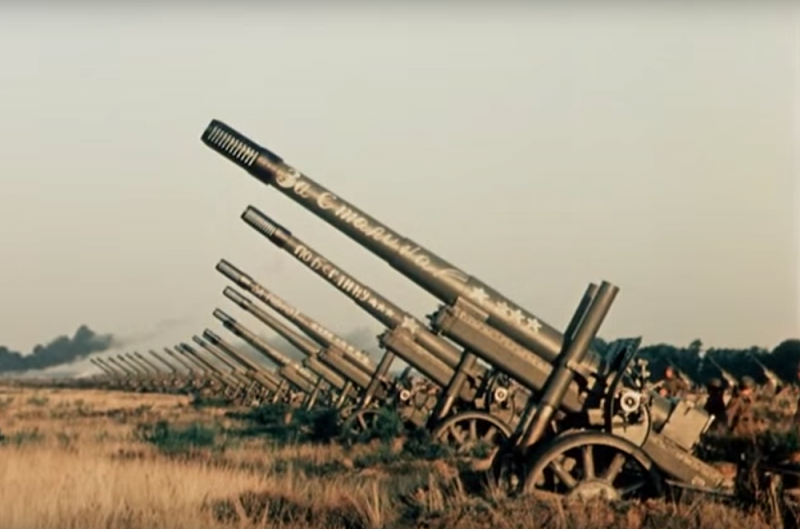
The weapon that hit the Reich first! The first instrument of retaliation for the destruction and death that our country suffered in World War II.
- Alexander Staver, Roman Skomorokhov
- Artillery. Large caliber. 152-mm howitzer sample 1909 / 30's
Artillery. Large caliber. 122 mm A-19 cannon
Artillery. Large caliber. 122-mm howitzer M-30 model 1938 of the year
Artillery. Large caliber. 122 mm howitzer sample 1910 / 30's. "Outdated" war hero
Artillery. Large caliber. 152-mm gun Br-2
Artillery. Large caliber. 114,3 mm detective
Artillery. Large caliber. 152-mm howitzer D-1 model 1943 of the year
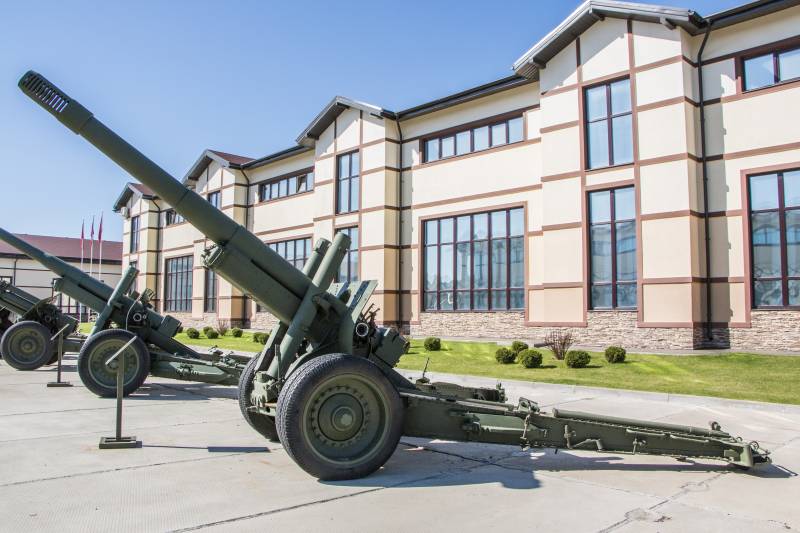
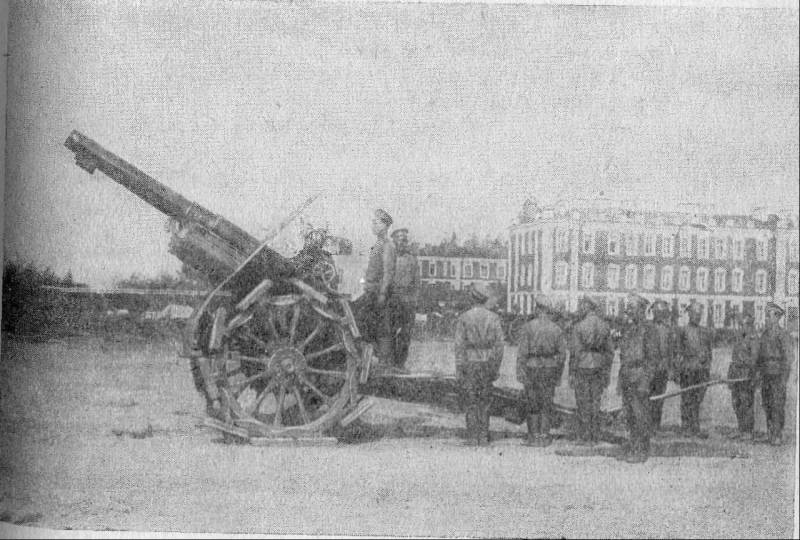
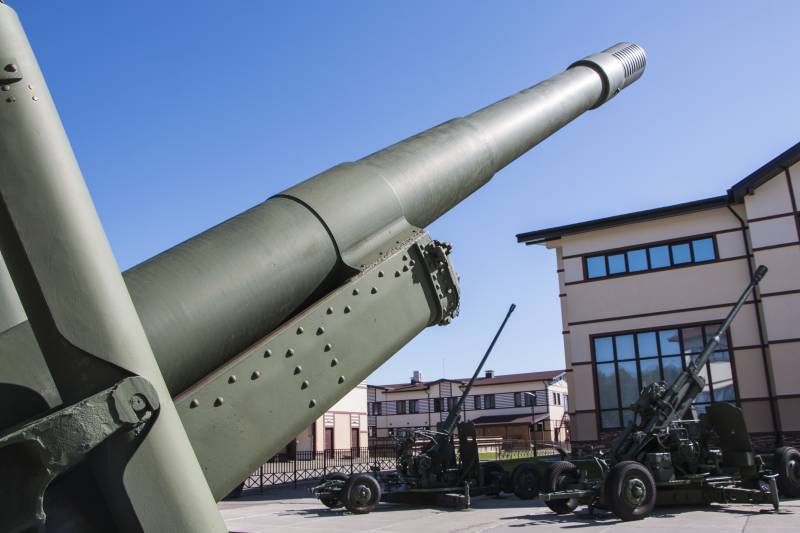
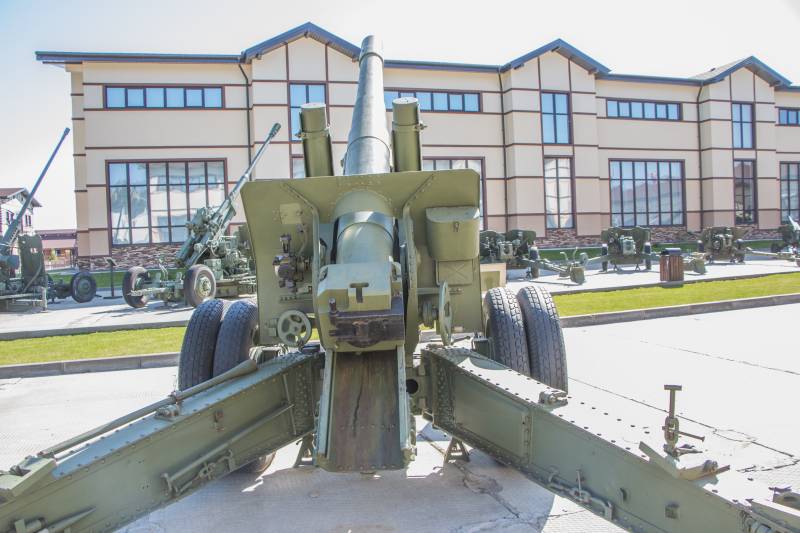
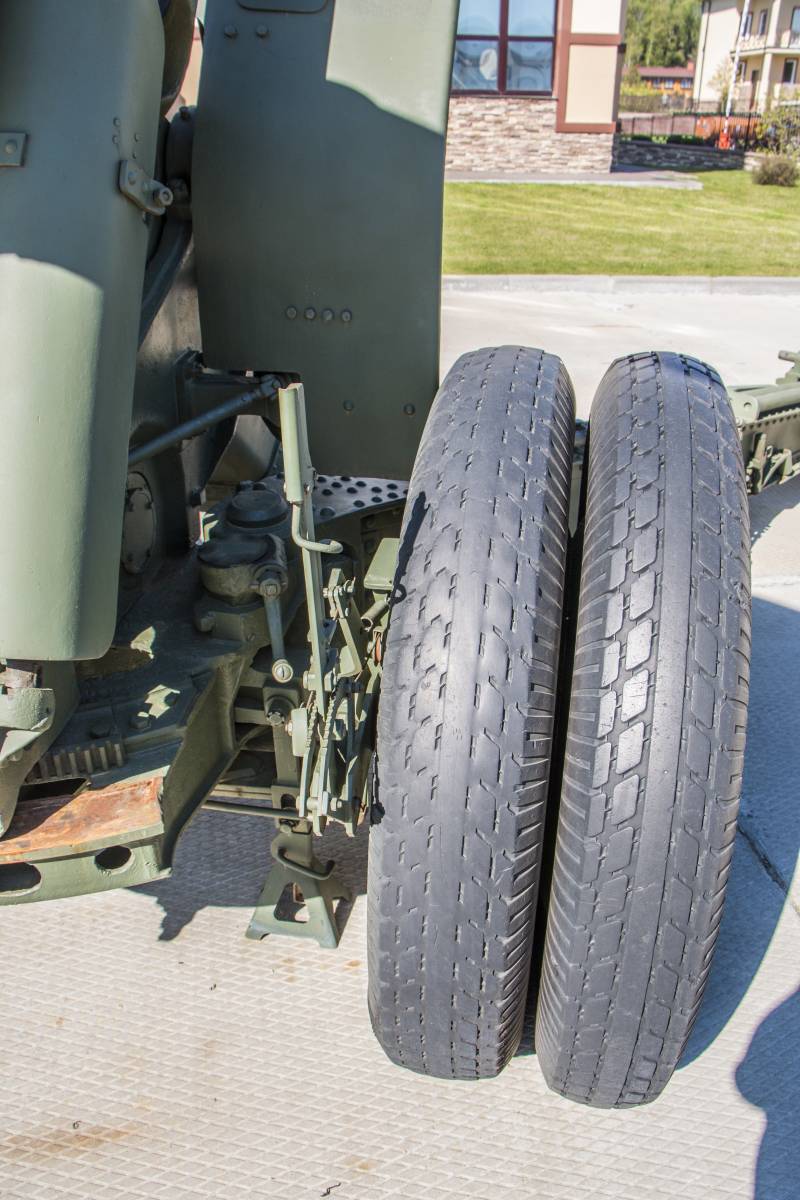
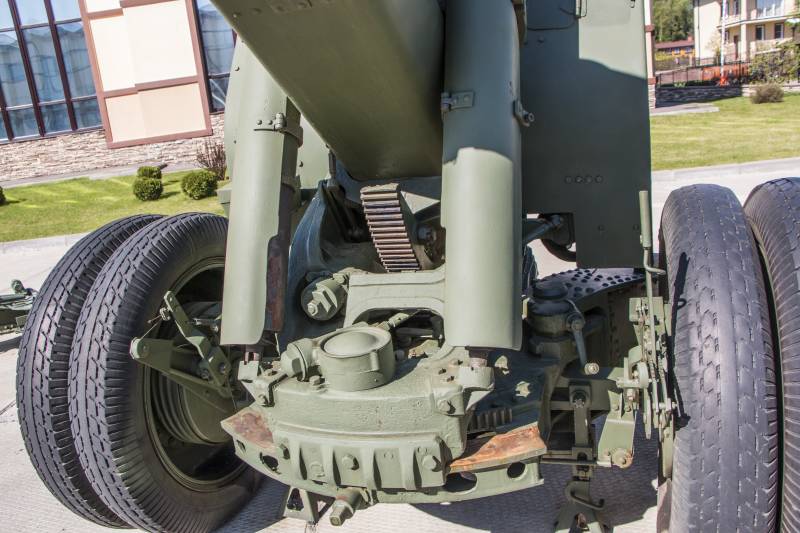
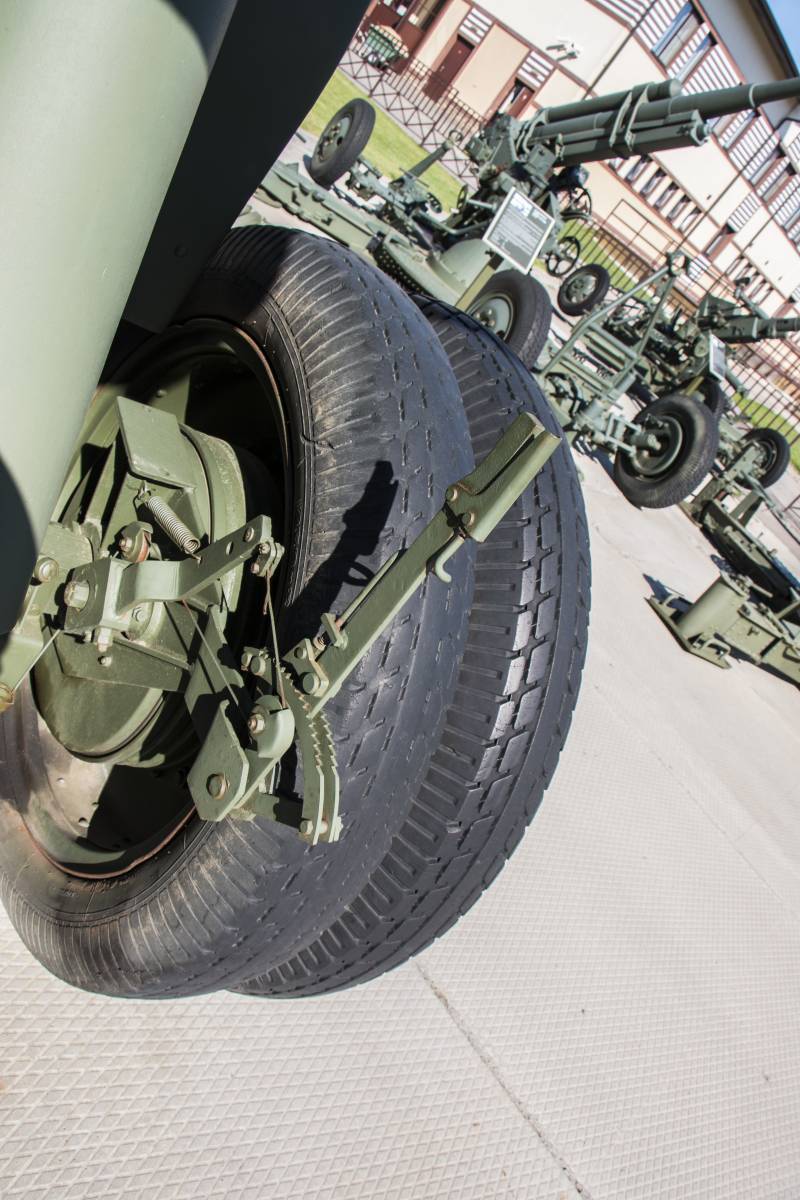
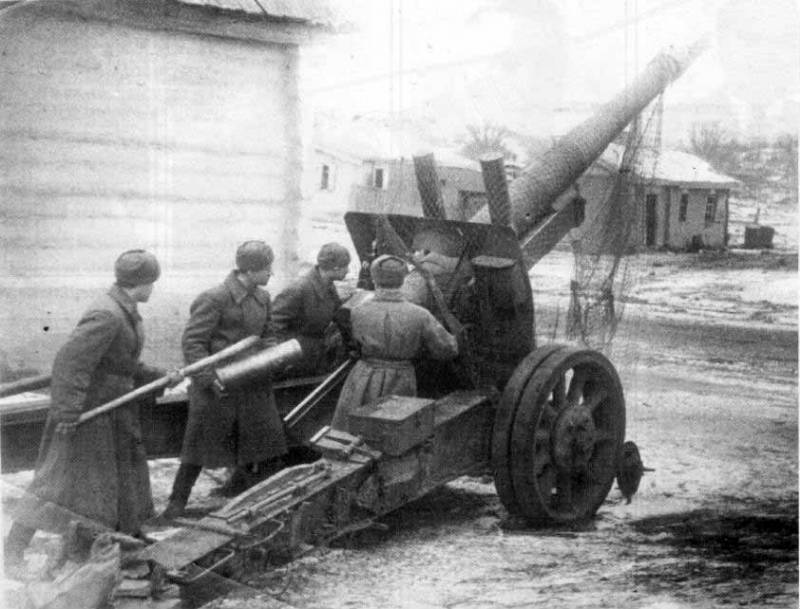
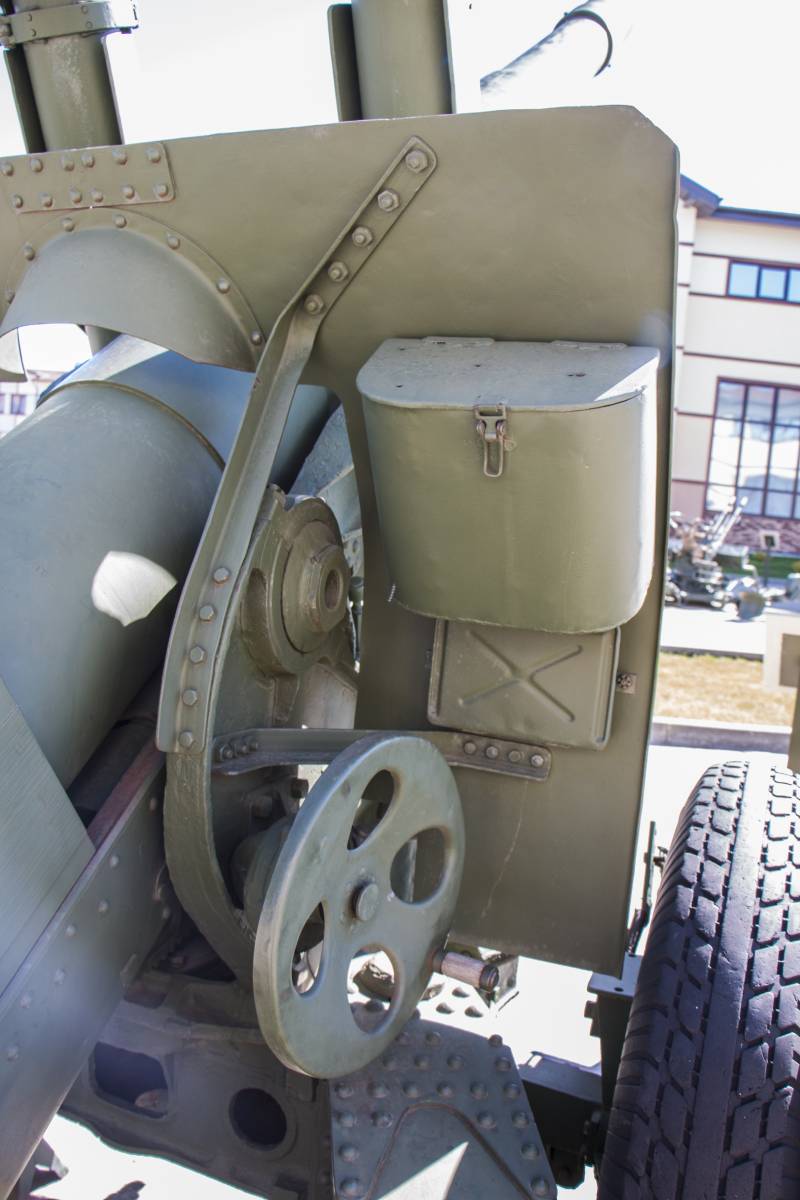
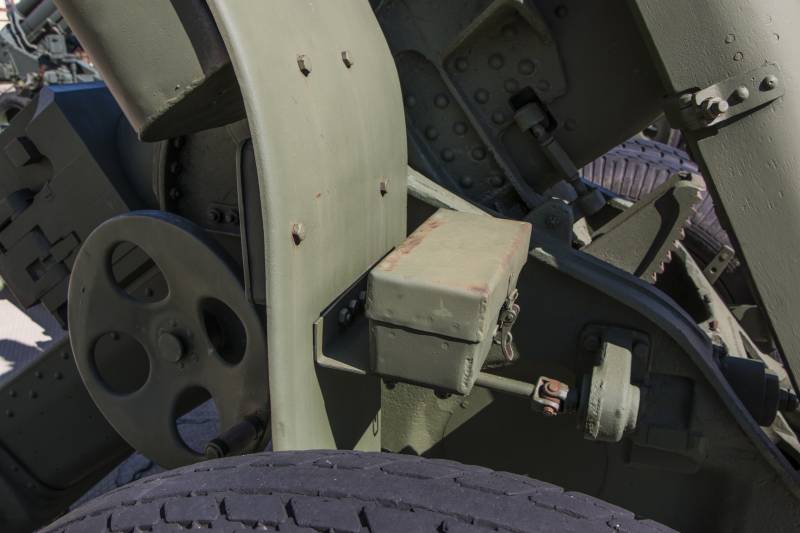
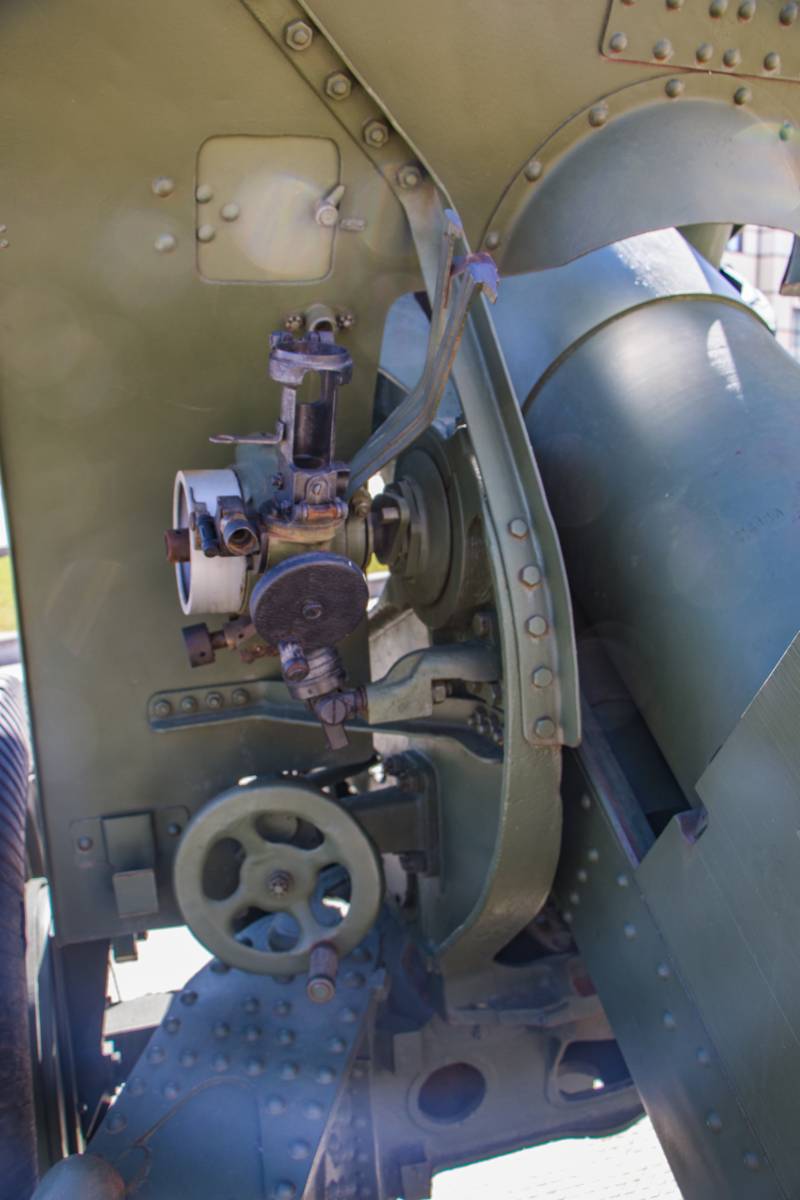
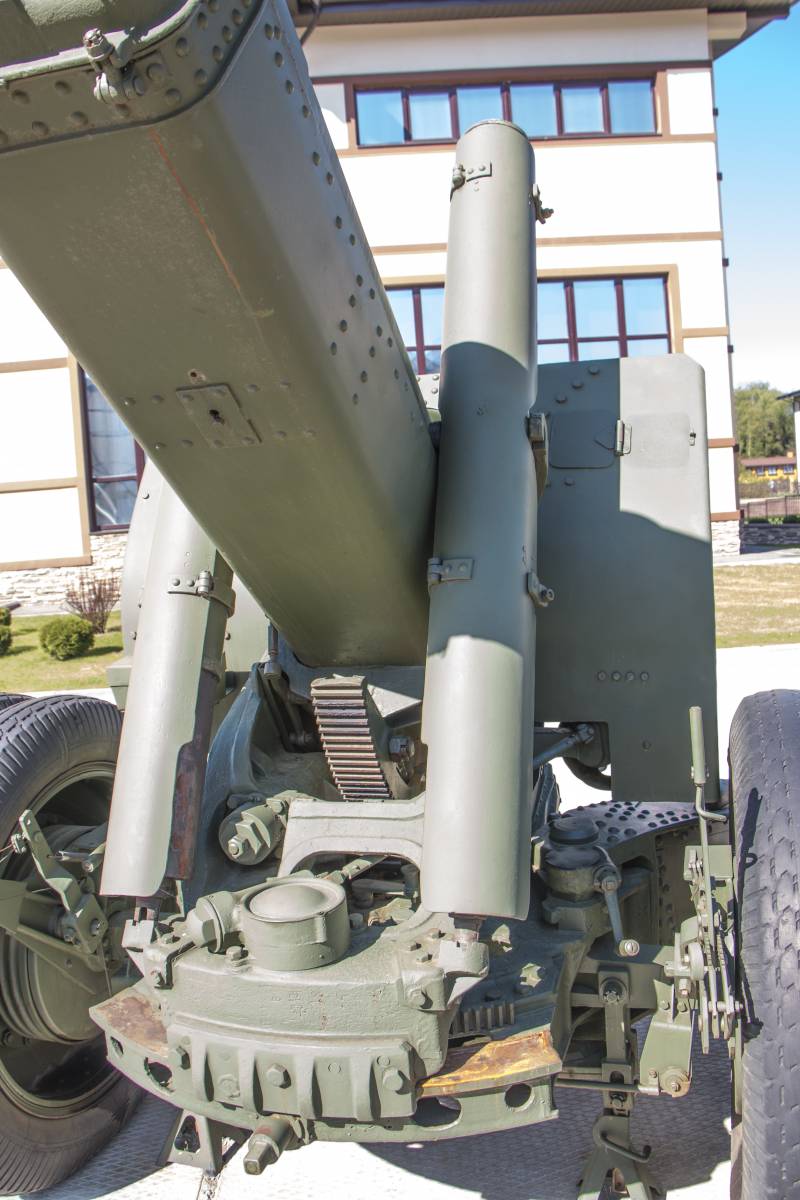
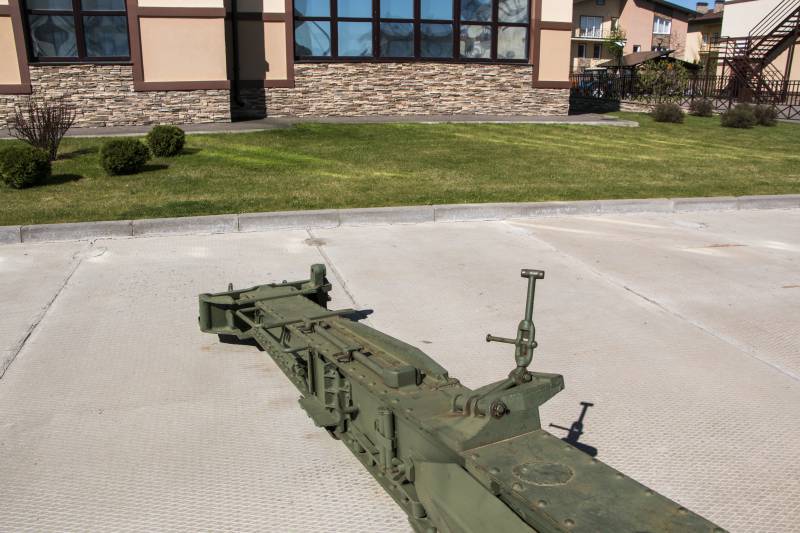
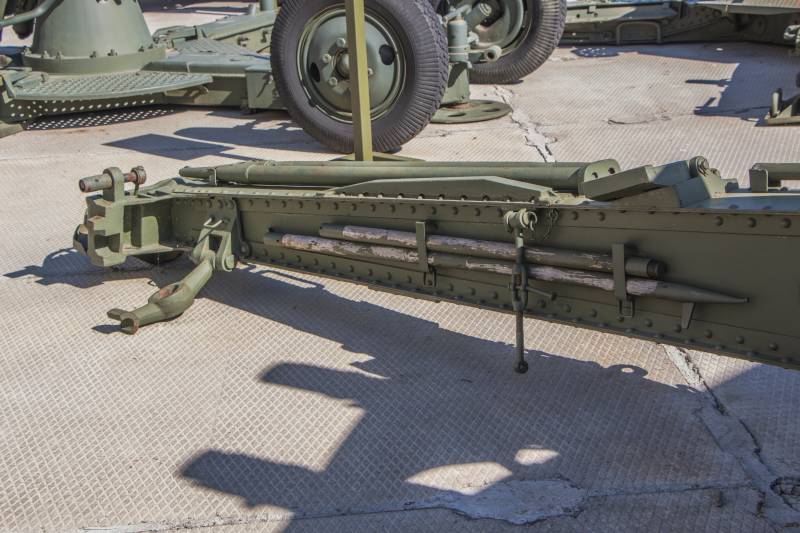
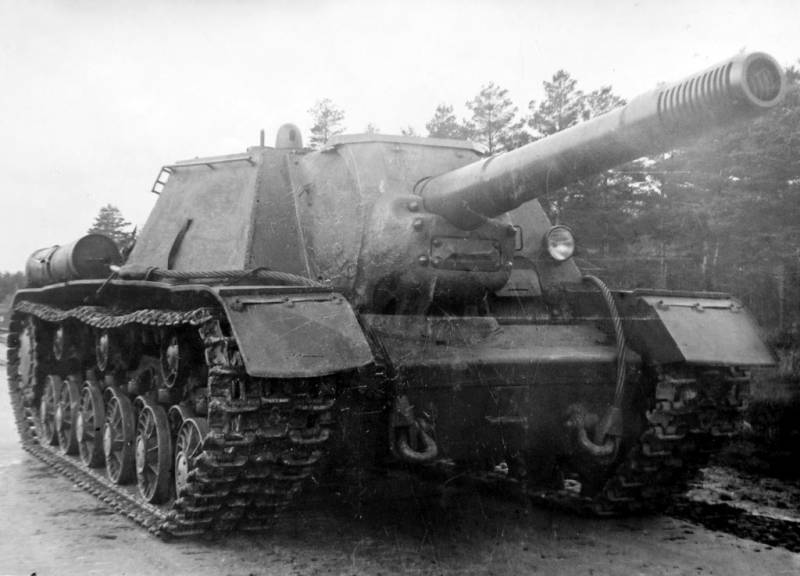

Information